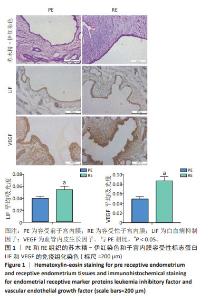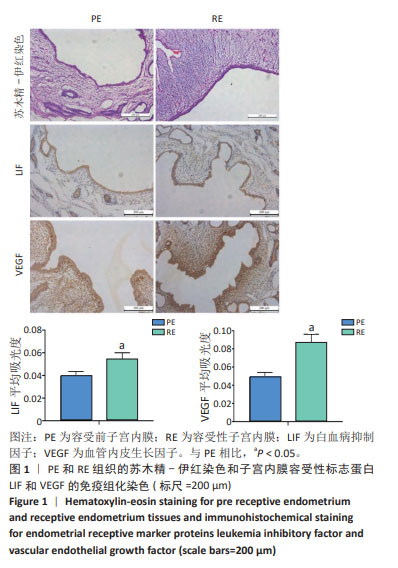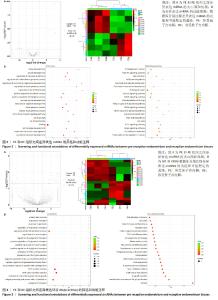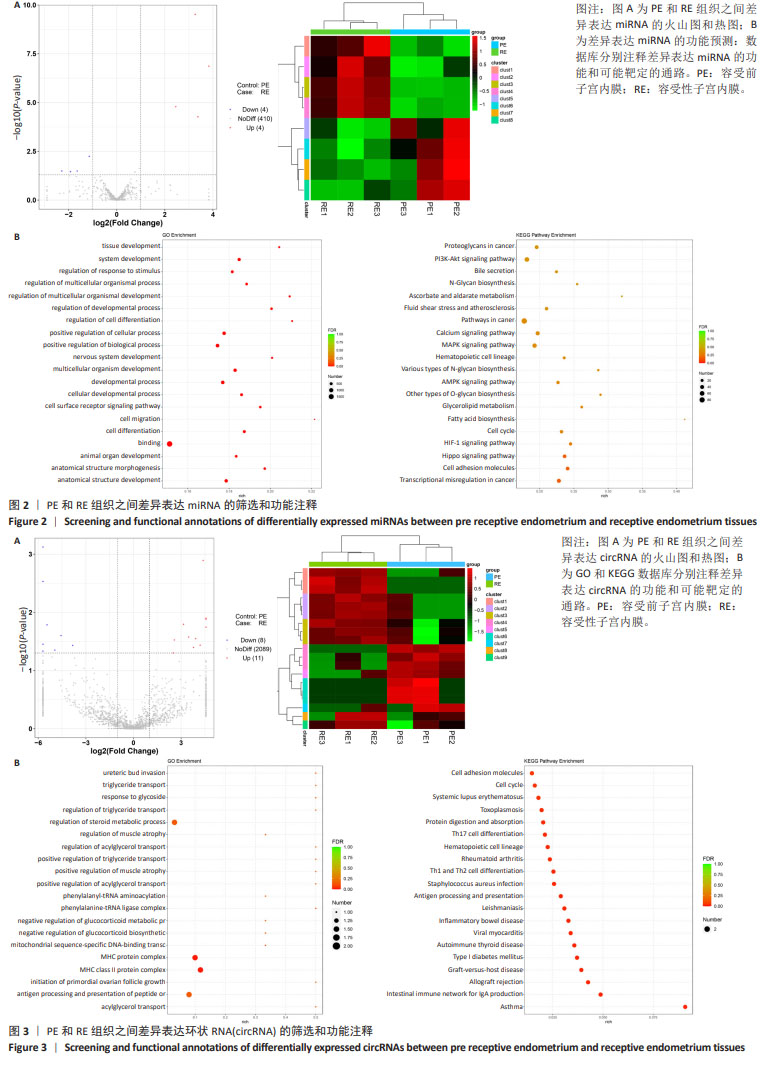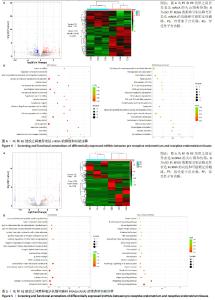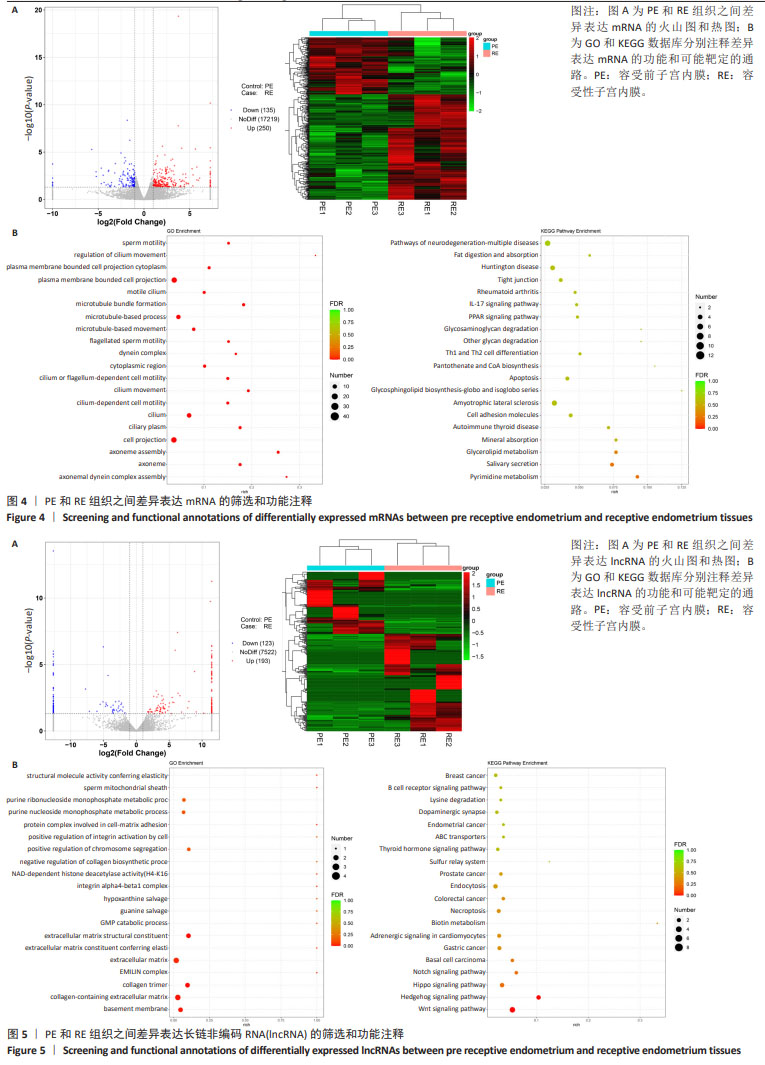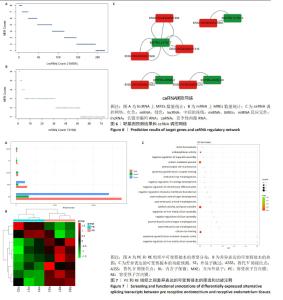[1] WANG W, LI Z, XIE G, et al. Convergent Genomic Signatures of Cashmere Traits: Evidence for Natural and Artificial Selection. Int J Mol Sci. 2023;24(2):1165.
[2] LI C, WU Y, CHEN B, et al. Markhor-derived Introgression of a Genomic Region Encompassing PAPSS2 Confers High-altitude Adaptability in Tibetan Goats. Mol Biol Evol. 2022;39(12):msac253.
[3] ASHARY N, TIWARI A, MODI D. Embryo Implantation: War in Times of Love. Endocrinology. 2018;159(2):1188-1198.
[4] LESSEY BA, YOUNG SL. What exactly is endometrial receptivity? Fertil Steril. 2019;111(4):611-617.
[5] WANG W, ZANG X, LI Y, et al. Integrating Analysis to Identify Differential circRNAs Involved in Goat Endometrial Receptivity. Int J Mol Sci. 2023; 24(2):1531.
[6] LIU H, WANG C, LI Z, et al. Transcriptomic Analysis of STAT1/3 in the Goat Endometrium During Embryo Implantation. Front Vet Sci. 2021; 8:757759.
[7] ZHAO Y, RICHING AS, KNIGHT WE, et al. Cardiomyocyte-Specific Long Noncoding RNA Regulates Alternative Splicing of the Triadin Gene in the Heart. Circulation. 2022;146(9):699-714.
[8] LIU X, ZHANG L, YANG L, et al. miR-34a/c induce caprine endometrial epithelial cell apoptosis by regulating circ-8073/CEP55 via the RAS/RAF/MEK/ERK and PI3K/AKT/mTOR pathways. J Cell Physiol. 2020; 235(12):10051-10067.
[9] CUI J, LIU X, YANG L, et al. MiR-184 Combined with STC2 Promotes Endometrial Epithelial Cell Apoptosis in Dairy Goats via RAS/RAF/MEK/ERK Pathway. Genes (Basel). 2020;11(9):1052.
[10] ZHANG L, LIU X, LIU J, et al. miR-26a promoted endometrial epithelium cells (EECs) proliferation and induced stromal cells (ESCs) apoptosis via the PTEN-PI3K/AKT pathway in dairy goats. J Cell Physiol. 2018; 233(6):4688-4706.
[11] HE M, LI L, WEI X, et al. Xiaoyao powder improves endometrial receptivity via VEGFR-2-mediated angiogenesis through the activation of the JNK and P38 signaling pathways. J Ethnopharmacol. 2022;282: 114580.
[12] LI L, JIANG H, WEI X, et al. Bu Shen Zhu Yun Decoction Improves Endometrial Receptivity via VEGFR-2-Mediated Angiogenesis. Evid Based Complement Alternat Med. 2019;2019:3949824.
[13] LIU J, XIAO Q, XIAO J, et al. Wnt/β-catenin signalling: function, biological mechanisms, and therapeutic opportunities. Signal Transduct Target Ther. 2022;7(1):3.
[14] TEPEKOY F, AKKOYUNLU G, DEMIR R. The role of Wnt signaling members in the uterus and embryo during pre-implantation and implantation. J Assist Reprod Genet. 2015;32(3):337-346.
[15] YI T, LIU M, LI X, et al. Benzo(a)pyrene inhibits endometrial cell apoptosis in early pregnant mice via the WNT5A pathway. J Cell Physiol. 2019;234(7):11119-11129.
[16] HUANG K, CHEN G, FAN W, et al. miR-23a-3p increases endometrial receptivity via CUL3 during embryo implantation. J Mol Endocrinol. 2020;65(2):35-44.
[17] WU Z, GUAN KL. Hippo Signaling in Embryogenesis and Development. Trends Biochem Sci. 2021;46(1):51-63.
[18] FU M, HU Y, LAN T, et al. The Hippo signalling pathway and its implications in human health and diseases. Signal Transduct Target Ther. 2022;7(1):376.
[19] YUE C, CHEN ACH, TIAN S, et al. Human embryonic stem cell-derived blastocyst-like spheroids resemble human trophectoderm during early implantation process. Fertil Steril. 2020;114(3):653-664.e6.
[20] CRITCHLEY HOD, MAYBIN JA, ARMSTRONG GM, et al. Physiology of the Endometrium and Regulation of Menstruation. Physiol Rev. 2020; 100(3):1149-1179.
[21] OGHBAEI F, ZAREZADEH R, JAFARI-GHARABAGHLOU D, et al. Epithelial-mesenchymal transition process during embryo implantation. Cell Tissue Res. 2022;388(1):1-17.
[22] MAZIN PV, KHAITOVICH P, CARDOSO-MOREIRA M, et al. Alternative splicing during mammalian organ development. Nat Genet. 2021;53(6): 925-934.
[23] WRIGHT CJ, SMITH CWJ, JIGGINS CD. Alternative splicing as a source of phenotypic diversity. Nat Rev Genet. 2022;23(11):697-710.
[24] OLTHOF AM, WHITE AK, KANADIA RN. The emerging significance of splicing in vertebrate development. Development. 2022;149(19): dev200373.
[25] SONG H, WANG L, CHEN D, et al. The Function of Pre-mRNA Alternative Splicing in Mammal Spermatogenesis. Int J Biol Sci. 2020;16(1):38-48.
[26] MESEGUER M, PELLICER A, SIMÓN C. MUC1 and endometrial receptivity. Mol Hum Reprod. 1998;4(12):1089-1098. |
